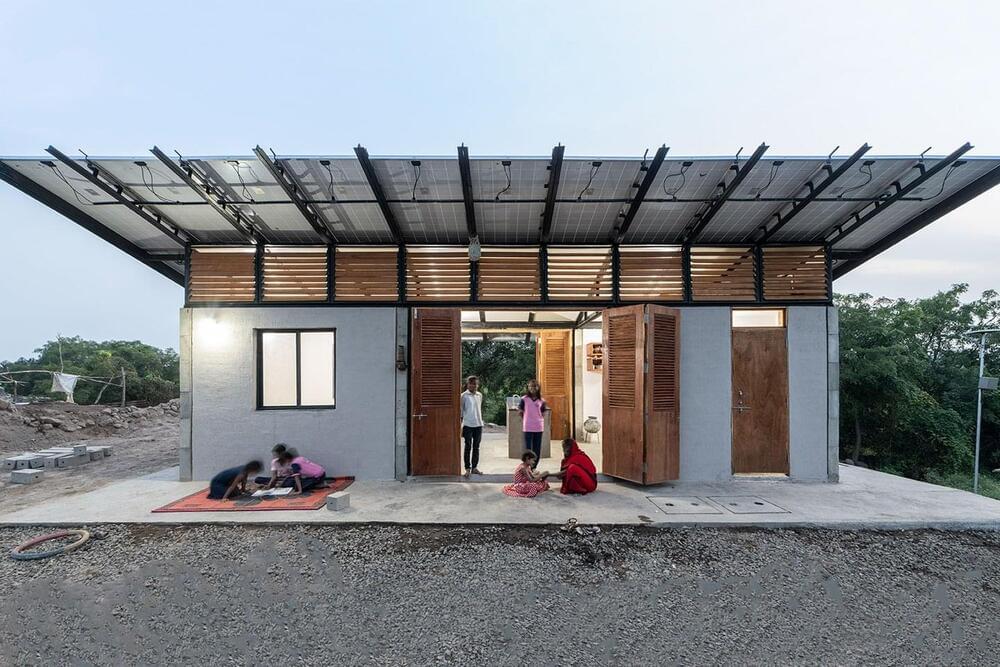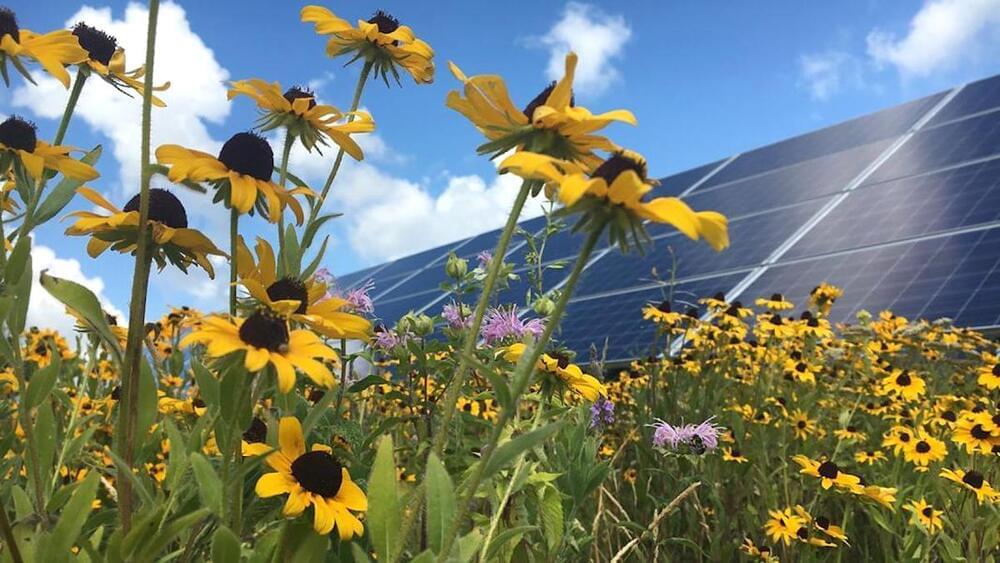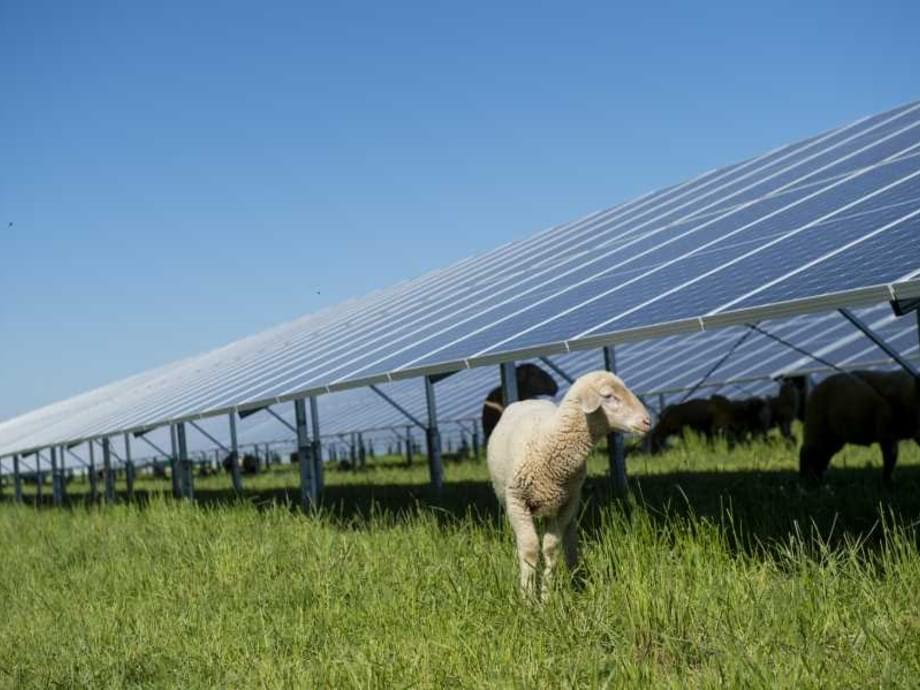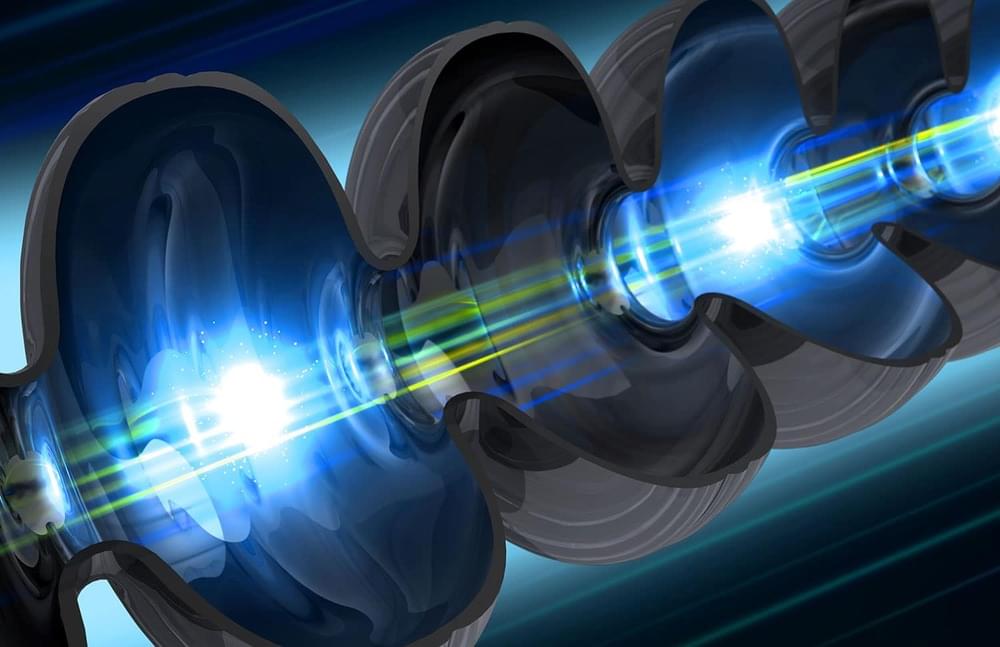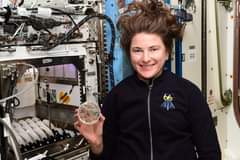Jan 8, 2022
KhalifaSat beams back impressive pictures of Dubai from space
Posted by Alberto Lao in category: habitats
KhalifaSat, the first entirely Emirati-made satellite, captured the impressively clear image, along with an array of other shots of some of Dubai’s most popular destinations.
Among the images released on Twitter included a full view of Downtown Dubai, with the shadow of the Burj Khalifa, the world’s tallest building, cast over the Dubai Mall.
Several images of the Dubai Canal also featured among the snaps shared online on Friday.

